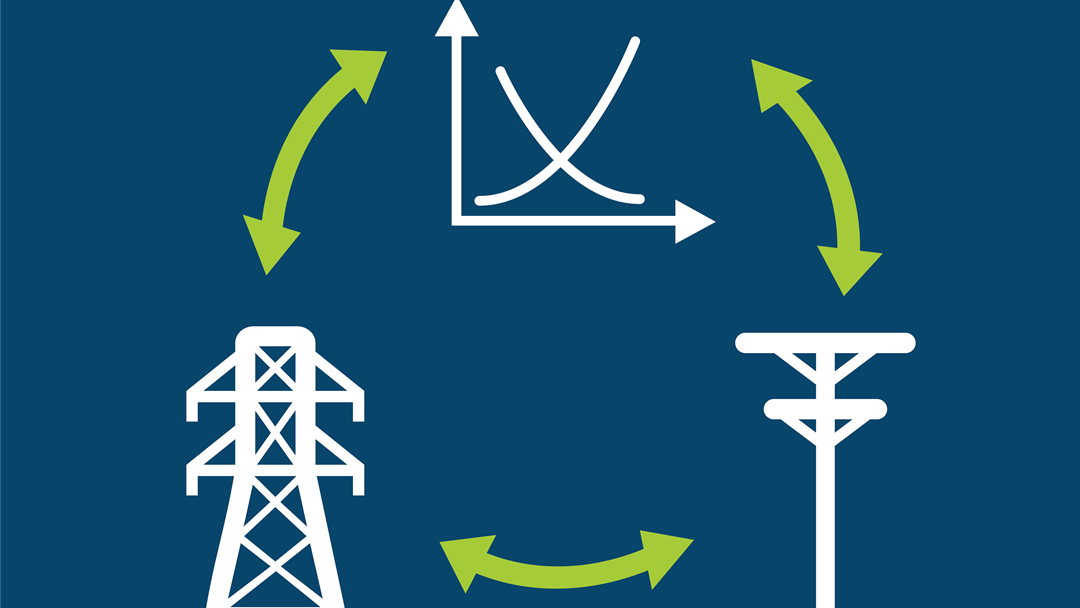- Name
- Magnus Korpås
- Title
- WP3 Lead
- Organization
Calculation of Customer Baseline Load with different methodological approaches
Challenge and objective
- How to calculate customer baseline load (CBL), using different methodologies and having finer time resolution data (5 minutes) from a real-life office building.
- Analyze the accuracy depending on measurement point in the system.
- Analyze the accuracy of different methods.
Work performed
- Analyzed input data at office-building level and at EV parking-lot level, compared their accuracy.
- Implemented existing CBL-calculation methods, both before/after measurements, and historical data points.
Significant results
- Using flexibility for internal goals using the EV-chargers influence the accuracy of using historical data when measuring on the EV parking-lot level.
- Using measurements before/after activation is very accurate during midday at the building-level, due to a 200-kW limit on import.
- Seasonal variation in historical data influence the accuracy, especially with seasonal internal goals such as the 200-kW limit only during winter.
Impact for distribution system innovation
- The methods can be applied to predict the baseline load from a flexible user during flexibility activation.
- Important to be aware of internal flexible measures that could affect historical data accuracy.

Figure left: CBL using before/after measurement
Figure right: Using historical data to predict the CBL

Reference in CINELDI
- K.E. Thorvaldsen: "Calculation of Customer Baseline Load with different methodological approaches", CINELDI-memo, 2022.

